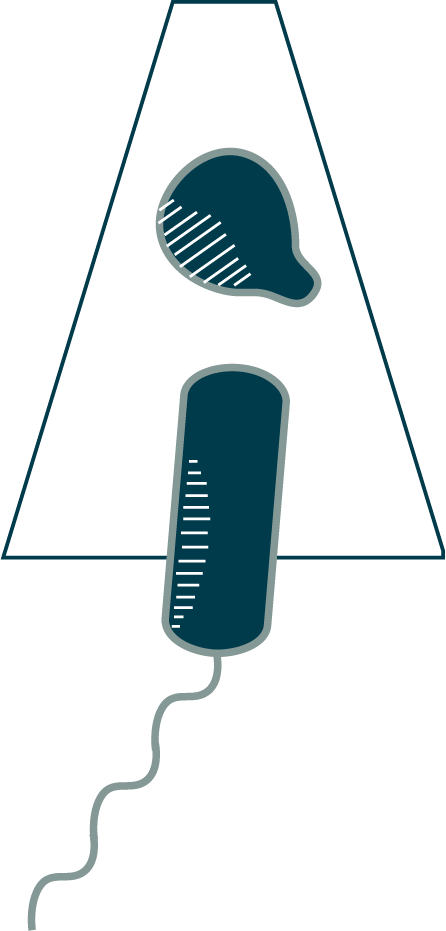

What kind of life do you envision for your cell? Just as the design of buildings reflects their purpose, different cell shapes suit different lifestyles. Does your cell need to soak up sunlight for photosynthesis? Burrow through the tissue of a host? Chase down prey? Each lifestyle is best served by a particular form.
How can you give your cell a particular form? The final shape of a building is determined by a shell erected around a system of internal beams and joists–its skeleton. Cells determine their shape using a similar system–the external constraint of the rigid cell wall and/or surface layer in concert with an internal cyto(“cell”)-skeleton. The cytoskeleton of bacteria and archaea comprises a set of proteins that form filaments or other superstructures that move or scaffold other material in the cell. In many cases, this cytoskeletal scaffolding is dynamic and ever-changing, appropriate for a living building.
Consider a cell like this Simkania negevensis. It takes the form of a sphere–the default shape for a membrane in water, uniformly resistant to pressure, and the shape that maximizes volume relative to surface area. We refer to spherical cells as coccoid (“berry-like”). To grow, a coccoid cell can simply add lipids to its membrane(s) and randomly insert new glycan strands into its cell wall, expanding to a larger radius.